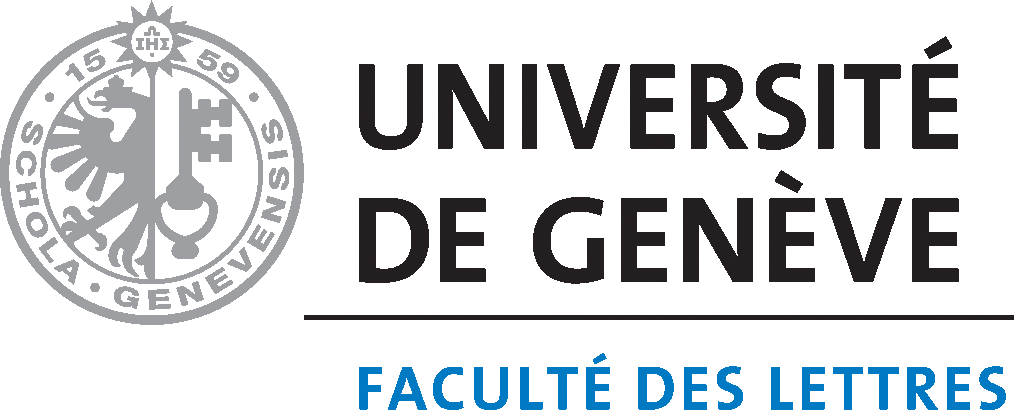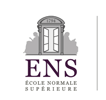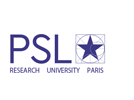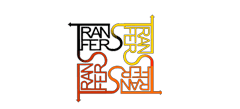Abstract
Drawing on a corpus of printed items between countries, compared first-hand, the article examines the mark left by Moritz Retzsch’s 26 outline etchings after Goethe’s Faust (1816) using the distinction between extensive and intensive iconography. In extensive iconography, copied or imitated images build a collective imagination, devaluing the original work, albeit contributing to the play’s aura. That view challenges Walter Benjamin’s influential essay on “The Work of Art in the Age of Mechanical Reproduction” (1935). In intensive iconography, inventive artists, inspired by Retzsch, rework images, granting a particular scene genuine reinterpretation. How then should we value multiples, copies and genuine re-workings in modern print culture?
Recommended Citation
Stead, Evanghelia. "Extensive and Intensive Iconography. Goethe’s Faust Outlined." Artl@s Bulletin 10, no. 1 (2021): Article 4.
Included in
Comparative Literature Commons, Fine Arts Commons, Illustration Commons, Interdisciplinary Arts and Media Commons






